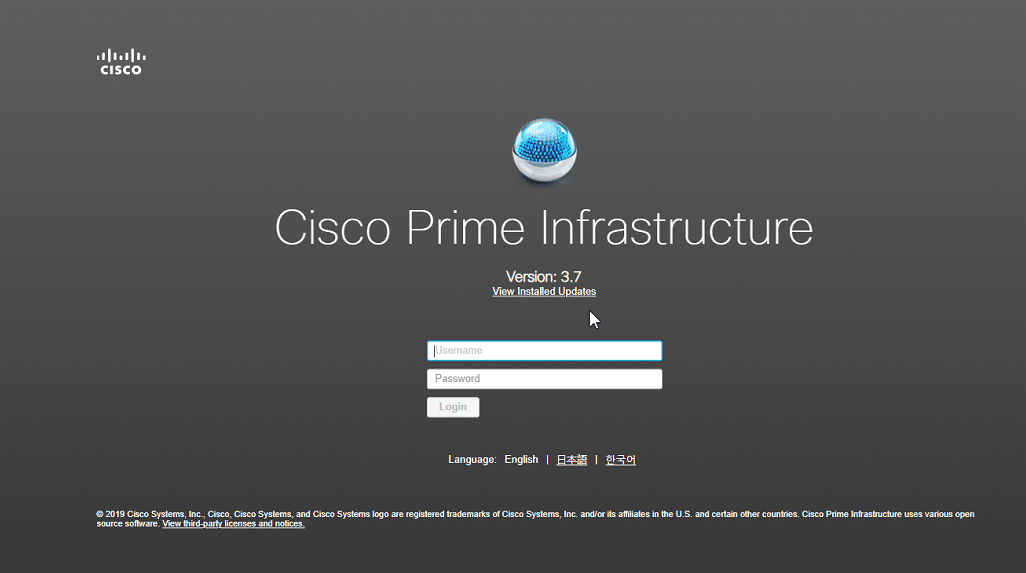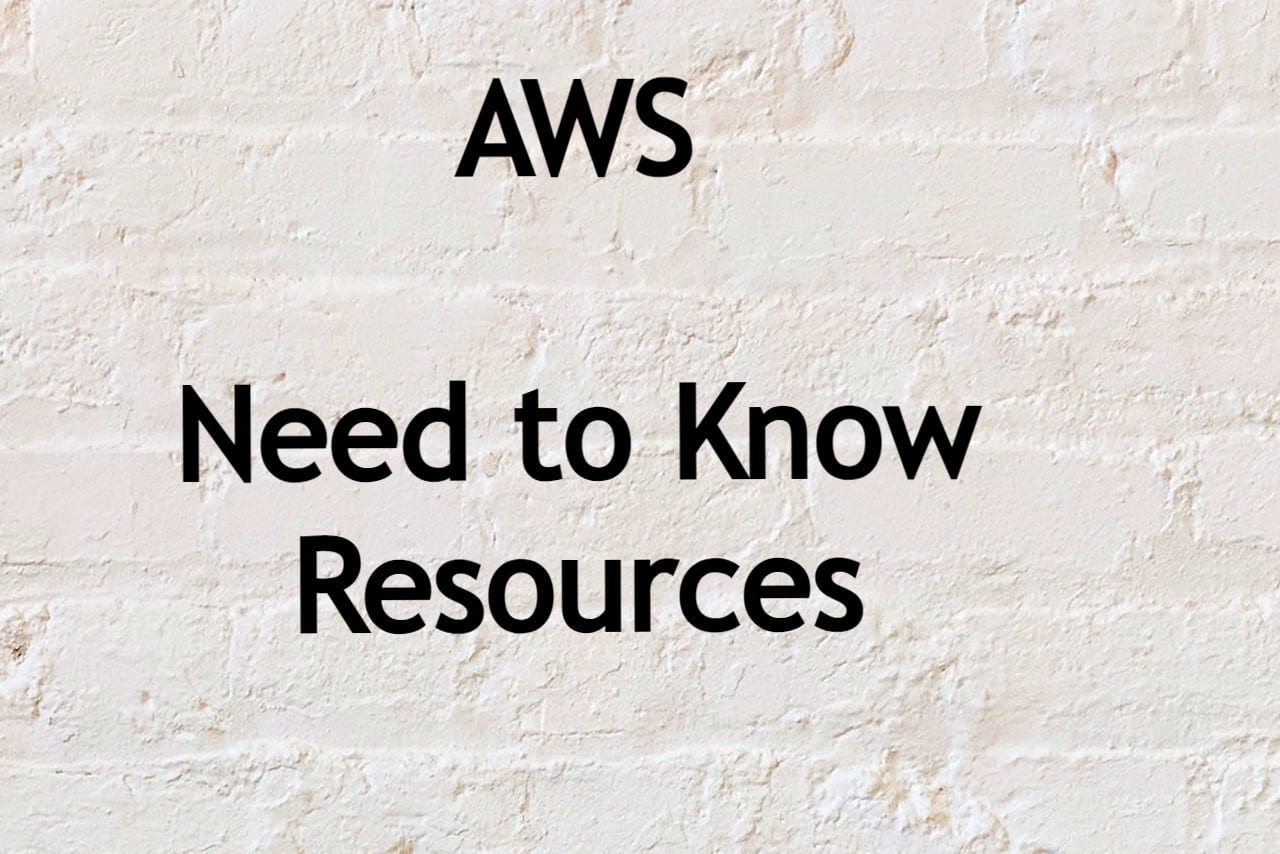
The demand for reliable and versatile access management systems has increased as cloud computing becomes more pervasive and essential to contemporary company operations. One of the top cloud infrastructure providers is Amazon Web Services (AWS), and its Identity and Access Management (IAM) service has grown to be a crucial part of many businesses’ cloud operations. To further tailor and control access to resources within their cloud environment, AWS additionally provides Group Policies in addition to IAM. We’ll discuss what IAM and Group Policies are in this blog article as well as their differences.
AWS IAM
You can control users’ access to Amazon resources by using the IAM service. It gives you the ability to establish and manage user accounts, grant or limit access to particular resources, and produce momentary security credentials for users. IAM is made to make it easier for you to follow the concept of least privilege, which states that each user should only have the permissions necessary to carry out their work. By doing this, the chance of data breaches and other security issues is reduced.
IAM has a number of key features, including the ability to:
- Create and manage AWS users and groups
- Control access to AWS resources using policies
- Enable multi-factor authentication (MFA) for added security
- Manage access to AWS resources from external identities such as Active Directory
- Use identity federation to allow users to access AWS resources from other identity providers
AWS Group Policies
In IAM, group policies can be used to control the permissions of a group of users. In order to control a set of users’ permissions collectively, you can apply a collection of access policies known as a group policy to the group of users. In larger businesses where there may be hundreds or thousands of users that need access to various resources, this can be extremely helpful. Access to particular services and resources can be granted or denied using group policies, which are simple to amend or remove when necessary.
The main benefits of using Group Policies include:
- Centralized management of user permissions
- Consistency in access control across multiple users
- Easy scalability as the number of users grows
- Ability to easily revoke access if a user leaves the organization
The Key Difference Between IAM and Group Policies
IAM and Group Policies are both significant Amazon access management elements, although they have different functions. Group Policies manage access to resources for groups of users, whereas IAM is focused on managing individual user accounts. Access control in Amazon is based on IAM, and group policies give a method to further personalize and hone in on those permissions. IAM basically offers the framework and structure for access management, whereas Group Policies let you define particular rules and permissions for various user groups.
IAM and Group Policies are both crucial technologies for controlling access to Amazon resources, to sum up. You can protect your organization’s data and resources while still enabling your users to work productively in the cloud by utilizing IAM to create and manage user accounts and permissions and Group Policies to apply particular access controls to specified groups of users.


